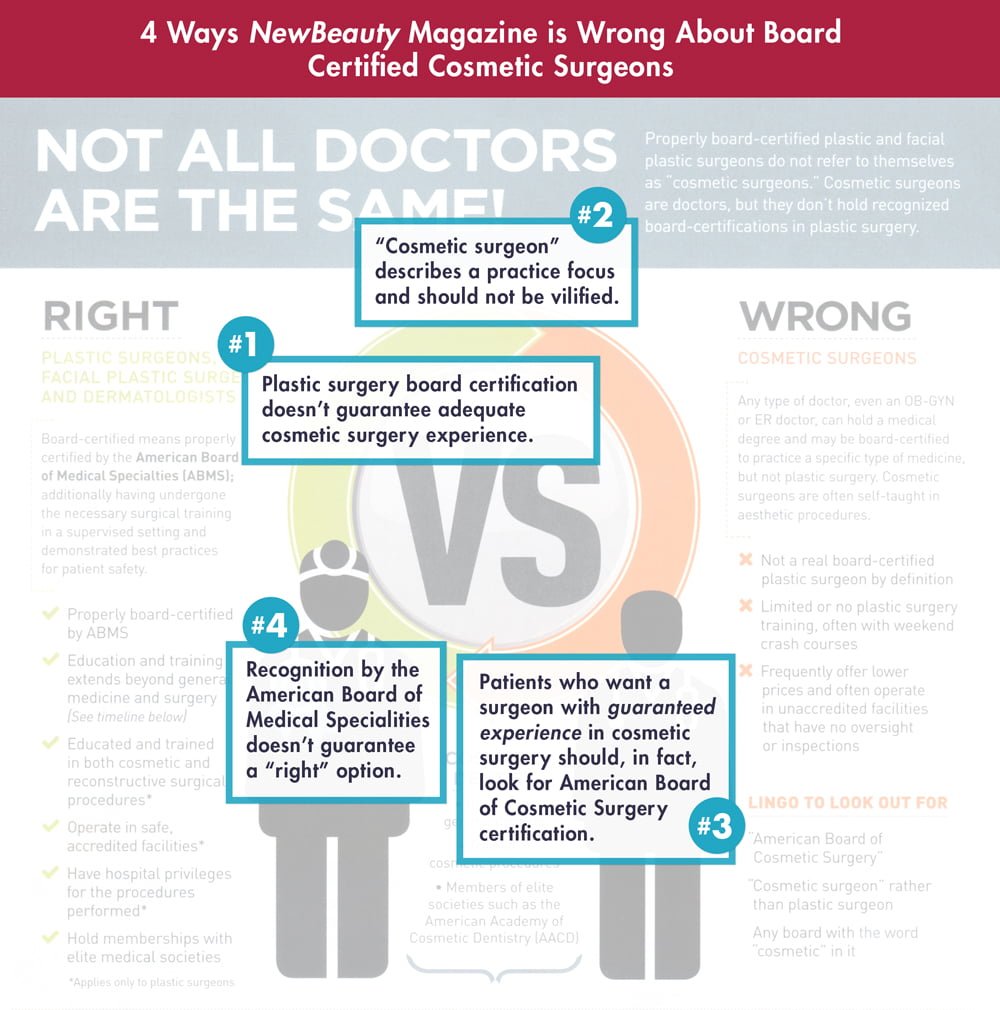Therapy Options For Acne Related Distress
Therapy Options For Acne Related Distress
Blog Article
Causes of Acne on Cheeks
Acne breakouts in the cheek location are activated by numerous points, from touching your face often to not altering your pillow case commonly enough. Picking at imperfections raises your danger of infection and scarring, and particular medications can intensify dark places (postinflammatory hyperpigmentation).
Fortunately, there are numerous ways to prevent and treat cheek acne. These include:
1. Hormonal Changes
Acne is mostly triggered by hormones, particularly those produced during puberty and pregnancy. For some, a family history of acne may also add to their problem. Anything that obstructs pores, such as oil-based skin treatment items or waxy hair products, can activate acne. Different topical therapies, like benzoyl peroxide and salicylic acid, can deal with bacteria and unclog pores. Those with extreme or chronic acne needs to look for therapy from their medical professional.
Stay clear of touching or pressing your acne, as this can push a few of the germs deeper into the skin, resulting in a more severe breakout. It is also important to change pillow cases consistently and make use of tidy make-up brushes. You ought to also attempt to stay clear of toxic irritants such as friction from putting on a headgear or tight collar.
2. Diet
The greasy, sweet foods that many individuals assume trigger acne might really refrain from doing so. As a matter of fact, studies have revealed that consuming a diet plan rich in entire, nutrient-dense foods aids to avoid breakouts.
Foods high in the glycemic index (such as white bread, corn flakes, blew rice and potatoes, doughnuts and various other breads) increase blood glucose levels quickly, and this can raise hormonal agents that improve oil manufacturing and result in acne.
Drinking cow's milk has actually likewise been linked to enhanced acne breakouts. If you are a normal cow's milk enthusiast, you may wish to try changing to low-fat or nondairy options that are fortified with calcium. In addition, consuming alcohol even more water can help to lower acne since it assists to keep the skin hydrated.
3. Excess Oil
While oil is essential for healthy and balanced skin, it can end up being a problem when way too much sebum blends with dead skin cells and blocks pores. This combination can develop blackheads, whiteheads and pimples. The clogged pore wall surface can break down and spill bacteria, dead skin cells and sebum right into bordering skin. This results in a red bump called an acne. In some cases these red bumps have pus in the facility from a microbial infection. Bigger infected bumps that resemble acne are called cysts.
There are numerous things that can trigger excess sebum and clogged up pores, including hormonal agent changes, diet and day-to-day practices. Some instances consist of touching the face frequently, relaxing your hand on your cheek, utilizing dirty make-up brushes and not altering pillowcases regularly.
4. Stress
If you're managing throbbing acnes or a slew of blackheads and whiteheads, it might be time to speak with a dermatologist. They can suggest an effective therapy that suits your skin kind. Practicing leisure and stress-reduction methods also assists.
Acne can occur in the cheeks as a result of friction and stress, such as when a person touches their face regularly or wears a hat or sporting activities helmet that rubs versus the skin. It can also show up where greasy cosmetics and creams rub versus the skin.
Avoid pressing acne, as this can push contaminated product deeper into the skin and lead to scarring. Instead, see a medical professional to find out about preventative treatments like medicine, skin care items and way of living modifications. Eating a healthy and balanced danaige lazer diet of entire foods, obtaining seven to 9 hours of sleep and making use of noncomedogenic makeup and skin care items can all help reduce acne outbreaks.
5. Hair Products
Hair products are not normally thought of as a root cause of breakouts, however they can add to acne on the cheeks in some people. Pomade acne, which is defined by tiny closed comedones and papulopustules, is frequently triggered by making use of oily hair products which contain comedogenic ingredients such as specific oils and acetylated lanolin.
Picking hair products that do not include these possibly comedogenic components is an important action toward lessening outbreaks. Also, making sure that hair products aren't can be found in contact with the skin can help stop outbreaks. For example, using a headscarf or bonnet during the night can limit hair-to-face call and reduce the possibility that leave-in hair items will certainly rub off onto the face.
In addition to making use of a non-comedogenic cream and washing with an acne face laundry, various other helpful techniques consist of: